If you’ve followed this channel for a while, you’ve surely noticed our rare, and increasingly unique camping trailer. It began live three decades ago as a tool my parents bought to get our family of 5 out in the mountains camping and adventuring a great many weekends when I and my sisters were young. Later when we’d all moved out, they had no more use for it, so I took possession of our cute little Aerotow trailer. I used it for quite a while longer hauling materials and wreckage from many home and yard projects.
In it’s original form, it withstood a thousands of miles of rough dirt roads, saw some damage, and repair, and a whole lot of hard use. Last year I upgraded the axle, wheels, tires and fenders and made it match the stance and capability of our 3rd Gen 4Runner. IT WAS AWESOME.
However, the stiff noisy springs hadn’t changed, and due to the short overall length of the trailer, and the axle position it was 1) very hard to back up as it turned far sharper than the 4Runner could follow and 2) hard to achieve good tongue weight with the bikes on the back. This meant that I had to make a lot of attempts to back into campsites since the bikes stick way off the back and also had to shuffle mass around the trailer since the bikes added so much weight to the back.
Another perennial problem is that the tongue is so short, that it’s easy to jackknife the trailer and dent in the front box. This happened several times with drivers (NOT ME) who weren’t used to this.
So at this point in the build as you’ll see and hear in the video the plan was this:
1. Build a new welded steel frame for the trailer, cut off all the spring hangers, and affix, the trailer, now just a box, to the new frame.
2. Use soft springs and shocks to achieve a smooth, stabile ride over all kinds of roads.
3. Extend the draw bar so that the ball-to-axle length matches the wheelbase of the 4Runner.
1. As you hear in the video, the plan at this point was to make the draw bar extendable so that it could be customized to whatever tow vehicle we are using. Our F-150 is much longer, so extending the bar would make it easier to tow behind that.
4. Place a gap between the main body of the trailer and the tongue box to fit a spare tire and a water can.
5. Build the rear receiver hitch into the structure of the frame making it more secure and giving better clearance.
6. Extend the width of the frame to match the 48” width of the trailer body. This will act as “rock sliders,” jacking points, and make the frame more versatile should I ever decide to abandon the Aerotow body altogether.
In this video we meet Harry Wagner, Dave Wiggins and Bradd Davidson. In the next episode you’ll get to know Bradd much better as he talk through and builds the steel frame in his shop in Sparks Nevada.


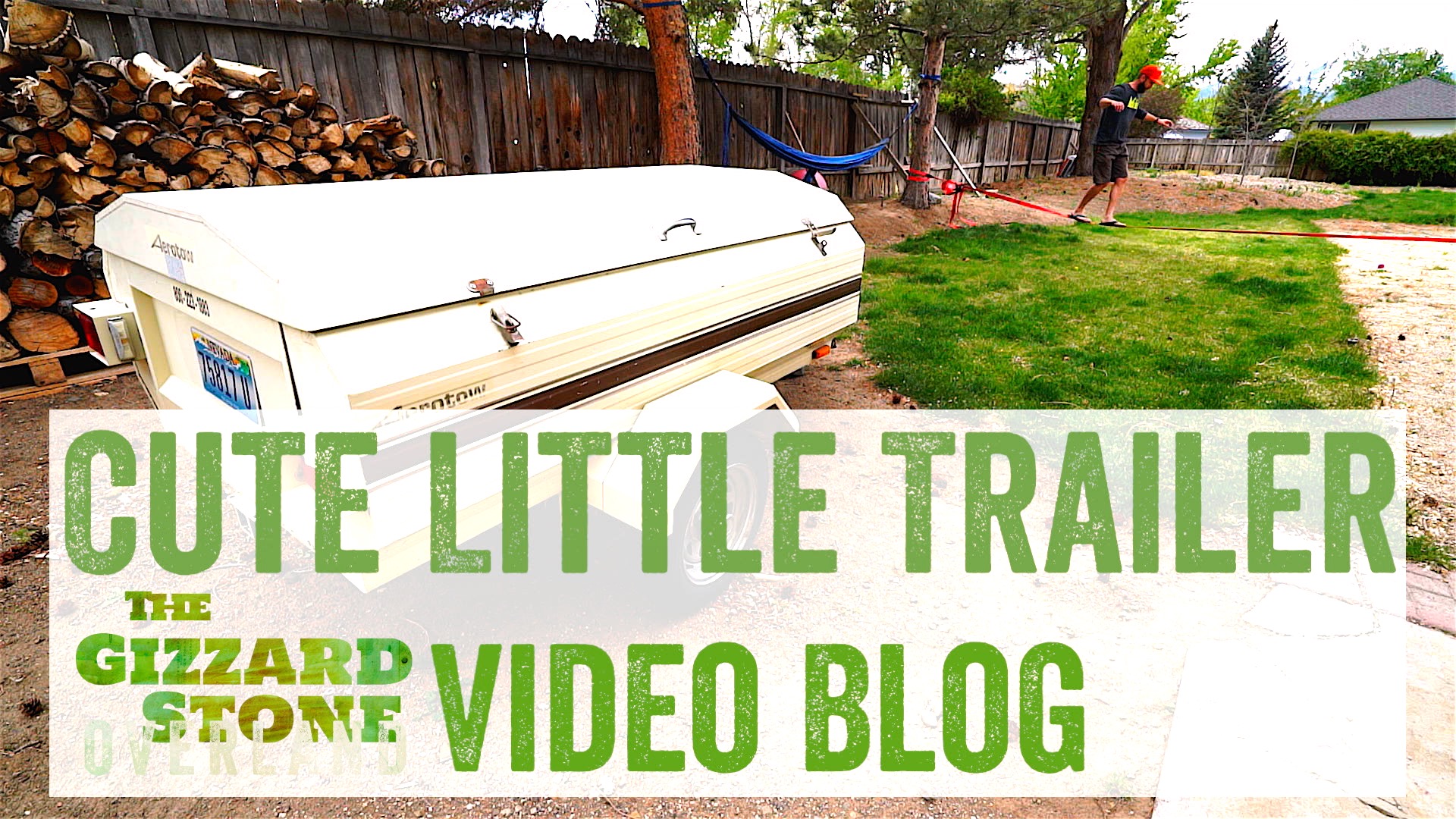
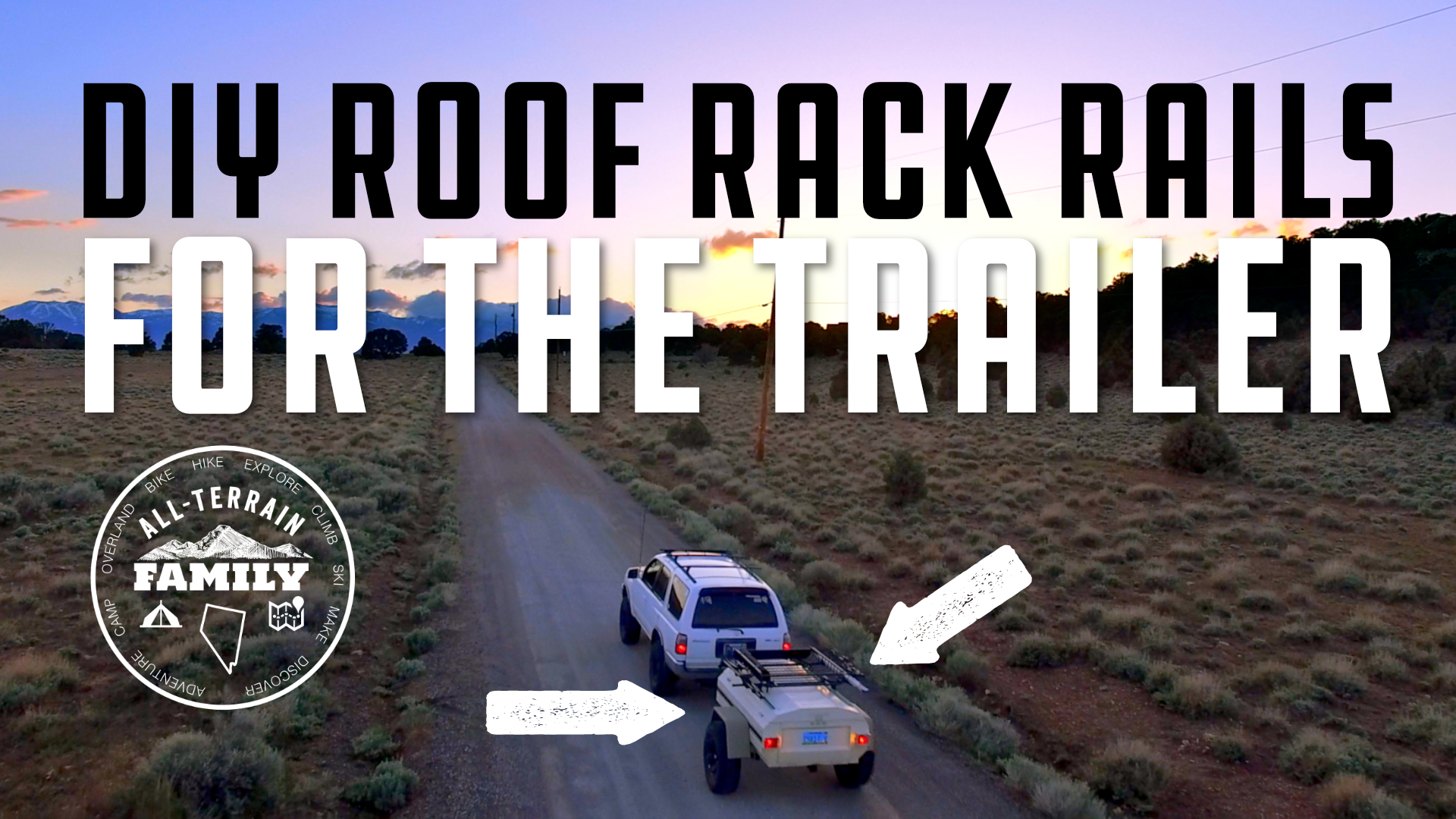



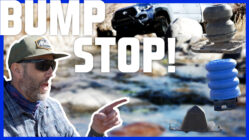
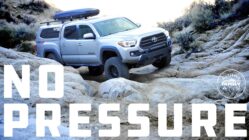
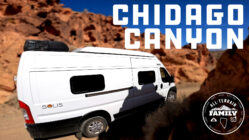
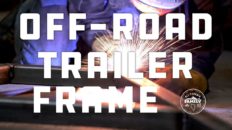
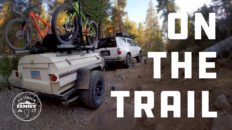
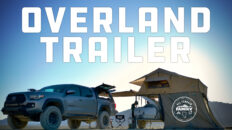
Add comment